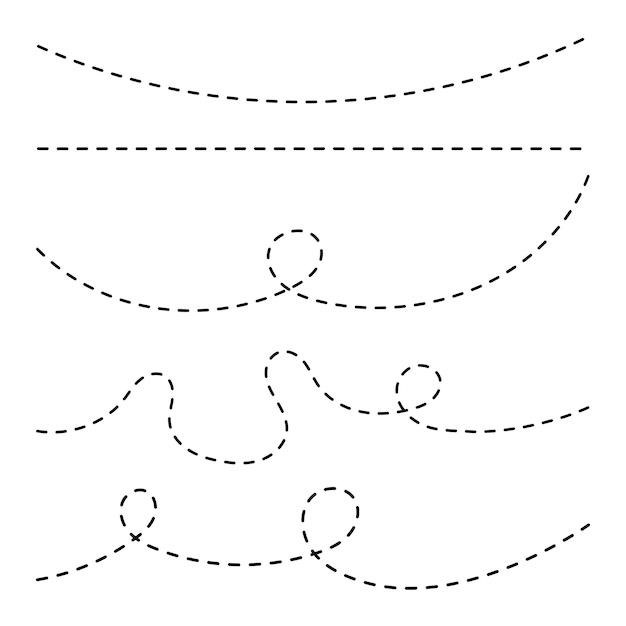Fishing Line Selection⁚ A Comprehensive Guide
Selecting the right fishing line is crucial for success. Consider line type (monofilament, fluorocarbon, braided), strength, and stretch. Match your line to the target species and fishing style for optimal performance. Proper line selection directly impacts casting distance and hook setting.
Understanding Different Line Types
Several fishing lines cater to diverse angling needs. Monofilament, a classic choice, offers good abrasion resistance and knot strength, making it versatile for various applications. Its visibility in water can be a drawback. Fluorocarbon, nearly invisible underwater, boasts superior abrasion resistance and low stretch, ideal for clear water situations and discerning fish. However, it’s more expensive and less forgiving with knots. Braided line, known for its incredible strength and sensitivity, provides excellent casting distance and feel. Its thin diameter allows for more line on the reel. However, it’s susceptible to abrasion and requires careful knot tying. Choosing the right line type depends heavily on the targeted species, fishing environment, and personal preference.
Monofilament⁚ Properties and Applications
Monofilament line, a popular choice among anglers, offers a balance of properties that make it suitable for a wide range of fishing situations. Its relatively low cost and ease of use contribute to its widespread appeal. Key properties include moderate stretch, which helps cushion the impact of a strong fish strike and absorb shock, preventing line breakage. It also possesses decent abrasion resistance, although not as high as fluorocarbon. The inherent flexibility of monofilament allows for smooth casting and easy handling. Applications are diverse; it excels in situations where visibility isn’t a major factor and where a balance between strength, stretch, and cost is desired. Common uses include freshwater fishing for various species, and saltwater applications targeting smaller fish. However, its visibility in clear water can be a disadvantage.
Fluorocarbon⁚ Advantages and Disadvantages
Fluorocarbon fishing line offers several advantages stemming from its unique properties. Its low visibility in water makes it ideal for clear-water situations where wary fish might be spooked by more visible lines. Fluorocarbon also boasts superior abrasion resistance compared to monofilament, allowing it to withstand rough contact with rocks, vegetation, and other obstacles. This increased durability translates to fewer line breaks and less frequent re-rigging. However, fluorocarbon does have some drawbacks. It’s more expensive than monofilament and is stiffer, which can slightly impact casting distance and knot tying. The lower stretch can also lead to increased hook pulls, especially when fighting larger fish. Anglers should weigh the advantages of invisibility and durability against the higher cost and stiffness before selecting fluorocarbon for their fishing needs.
Braided Line⁚ Strength and Sensitivity
Braided fishing line stands out for its exceptional strength-to-diameter ratio. This means you can achieve significant breaking strength with a thinner diameter line compared to monofilament or fluorocarbon. This thinner diameter reduces water resistance, leading to longer casts and improved sensitivity. Anglers appreciate the immediate feedback braided line provides when a fish bites, making it excellent for detecting subtle strikes; The low stretch of braided line also results in better hook setting. However, braided line is susceptible to abrasion and can be more easily cut on sharp objects. Its lack of stretch can also increase the risk of hook pulls during fights with strong fish. Careful consideration of these factors—the superior strength and sensitivity versus the susceptibility to abrasion—is crucial when deciding whether braided line is the right choice for a given fishing situation.

Fishing Rod Guides⁚ Function and Importance
Rod guides are essential components; they smoothly channel the fishing line, minimizing friction and improving casting distance and accuracy. Proper guide placement is critical for optimal rod performance and preventing line breakage.
Guide Placement and Design
The strategic placement of guides along a fishing rod significantly impacts casting performance and overall fishing experience. Guides are typically arranged in a staggered pattern, starting with a larger guide near the reel and progressively decreasing in size towards the rod tip. This arrangement minimizes friction and line entanglement during the cast. The design of the guides themselves is also crucial. Common designs include single-foot, double-foot, and snake guides, each offering different advantages in terms of line management and durability. Single-foot guides are lightweight and offer smooth line flow, while double-foot guides provide increased stability and are better suited for heavier lines. Snake guides, known for their unique winding design, are often favored for their ability to minimize line friction and improve casting distance, especially when using braided lines. The material of the guides, often ceramic or metal, also influences their performance and longevity. Careful consideration of guide placement and design ensures that the fishing line flows smoothly, improving casting accuracy, distance, and overall fishing success.
Impact on Casting Accuracy and Distance
Fishing rod guides exert a considerable influence on both casting accuracy and the distance achieved. Properly spaced and designed guides minimize friction between the line and the rod, allowing for a smoother, more controlled cast. This reduction in friction translates directly into increased casting distance, as less energy is lost overcoming resistance. Conversely, poorly placed or poorly designed guides can create friction points, causing the line to snag or tangle, leading to inaccurate casts and reduced distance. The size and type of guides also play a role; larger guides are generally better for heavier lines, while smaller guides are more suitable for lighter lines. The material of the guides, whether ceramic or metal, also affects friction and line wear. High-quality, low-friction guides are essential for achieving maximum casting distance and accuracy, particularly important when targeting fish at longer ranges or in challenging conditions. Therefore, guide selection and maintenance are critical factors in optimizing casting performance.
Maintaining and Replacing Guides
Regular maintenance of fishing rod guides is crucial for optimal performance and longevity. Inspect guides frequently for cracks, chips, or other damage. Clean guides regularly to remove debris and saltwater buildup that can cause friction and line wear. A soft cloth and mild detergent are generally sufficient for cleaning. Damaged guides should be replaced promptly. Replacing a guide involves carefully removing the old guide, ensuring the rod blank remains undamaged, and securing the new guide using epoxy adhesive. It’s recommended to use guides of the same size and material as the originals to maintain the rod’s action and casting characteristics. If unsure about the replacement process, consult a professional rod repair technician. Regular maintenance, including cleaning and timely replacement of damaged guides, will significantly extend the life of your fishing rod and ensure accurate, efficient casting for many years to come. Neglecting this maintenance can lead to costly repairs or even rod breakage.

Line Guides for Beginners⁚ A Step-by-Step Approach
This section provides a simplified guide to understanding and using line guides for beginners. We will cover basic techniques and essential information to help you get started with confidence.
Choosing the Right Line for Your Fishing Style
Matching your fishing line to your style is key. For instance, if you’re a bass angler targeting shallow-water fish with reaction baits, a high-visibility monofilament might be ideal for easy tracking. However, if you’re targeting wary fish in clear water, a low-visibility fluorocarbon line provides a stealthier approach. For long-distance casting and strength, braided line excels, ideal for saltwater fishing or targeting larger game fish. Fly fishing demands specialized lines, varying in weight and taper to suit different flies and casting techniques. Consider the type of fish you’re targeting; the heavier the fish, the stronger the line needed. Think about the environment; clear water calls for low-visibility lines, while murky conditions allow for brighter options. Experimentation helps refine your choice, improving your overall fishing experience. Ultimately, the best line is the one that best suits your specific needs and preferences, enhancing your success rate.
Essential Knots for Secure Line Connections
Mastering essential fishing knots is crucial for preventing line breakage and lost catches. The Palomar knot, renowned for its strength and ease of tying, is excellent for connecting lures and swivels to your main line. The improved clinch knot, another reliable choice, offers a secure connection for hooks and other terminal tackle. For joining two lines of similar diameter, the blood knot is a dependable option, creating a strong, almost invisible connection. When using braided line, the Albright knot excels in joining it to a monofilament leader, minimizing line slippage. Practice these knots thoroughly before heading out; proper execution is key to their strength and reliability. YouTube tutorials can be invaluable for visual learners, ensuring you master the correct technique. A well-tied knot is a crucial element in a successful fishing trip, preventing frustrating line failures at critical moments.



0 Comments